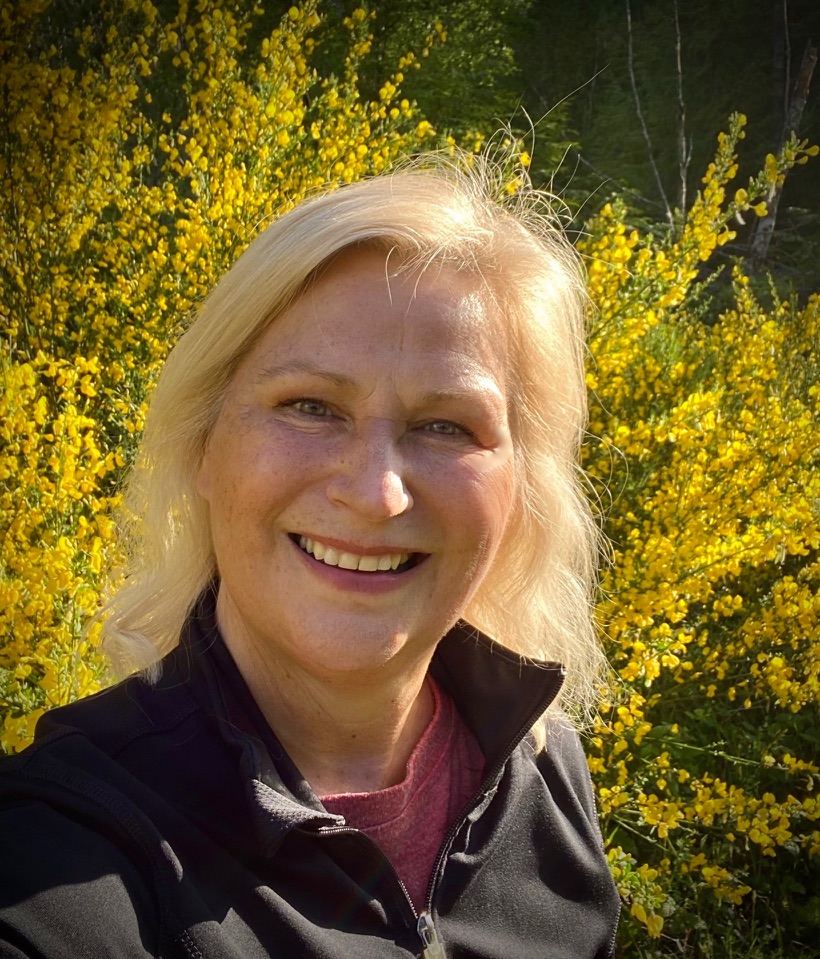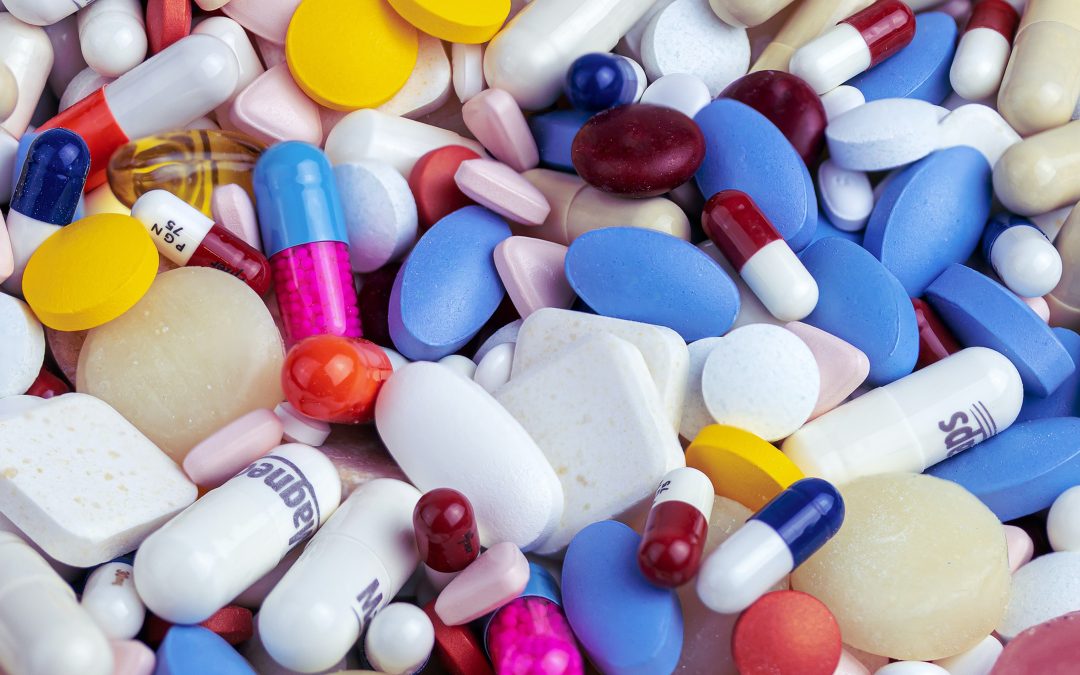The stigma surrounding medications for mental illness often drives people away from what they need most. Many people innocently say, “I hate taking medications” or “I would never take them”. Isn’t it lovely that some people have a choice? People who don’t need medications to manage their emotional life seem to think that we choose to take them as if they are optional. No one wants to take medications but for some of us, it is necessary for survival. Implying either by accident or on purpose that it is optional invalidates our experiences and healing and simply puts a shame cherry on top of our CPTSD sundae.
I take drugs. I take a lot of drugs; four in the morning and six at night as prescribed by my psychiatrist. A few months ago, the anxiety was overwhelming and regardless of the therapy, meditation, yoga, hiking, kayaking, or anything else, I still woke up with crippling anxiety and went to sleep exhausted from battling it all day. So, after an emergency visit to the hospital, as certain thoughts were becoming too strong to fight, I finally added another pill. In retrospect, I know that I should have gotten help earlier, but my resistance to adding one more pill was too great.
I was fortunate because the medicine worked, and the anxiety lowered to manageable. For so many people, medications developed to treat symptoms simply don’t work. Estimates on effectiveness vary, but a recent McGill University published in ScienceDaily found that only 40% of patients responded to the first depression medication they were given. This number is supported by numerous other studies with the number ranging from 30-40%. In other words, not all medications work on all people.
There is no magic pill for CPTSD and instead, we find ourselves managing its symptoms, such as anxiety and depression, while we simultaneously try to heal. I remember well when the CPTSD cat was let out of the bag where it was hidden in my mind. I felt like I was constantly being triggered and then thrown into an anxiety and depression hole. I’d climb out then, “BAM”, right in the CPTSD plexes again and I was back in that damn hole. For several months, the earth beneath me was constantly moving. It felt like it would never end. I felt hopeless.
Then, one day, it stopped. I looked back on an incident that would have normally had me face down in a tub of double chocolate Ben and Jerry’s ice cream or making a meal of my fingernails and realized, I was ok. It was a strange feeling. I called my cousin and told her, “Guess what?” She was prepared for a litany of swear words or sobs in reaction to the latest trigger but instead, I said, “I’m fine.” Silence. Then peals of laughter.
As we all know, it doesn’t completely just stop. For me, healing has meant that the triggers are fewer and the depth of the reactions shallower. I’m no longer in a constant state of complete exhaustion because my brain is no longer stuck “on” looking for saber-toothed tigers who want to make a mental meal out of me. I’m no longer just getting through the days, waking with dread and terror. Instead, I sometimes even smile when I’m opening my eyes. Gasp! 
So, if you’re looking forward to some future date when you will finally be healed, I suggest you look behind you into your recent past. I bet you’ll find examples already of how you’ve begun to change. Healing sneaks up on you, but this kitty is one you can pet without losing your arm. Purrrr.
References:
Science Daily. https://www.sciencedaily.com/releases/2020/04/200408113245.htm
Guest Post Disclaimer: Any and all information shared in this guest blog post is intended for educational and informational purposes only. Nothing in this blog post, nor any content on CPTSDfoundation.org, is a supplement for or supersedes the relationship and direction of your medical or mental health providers. Thoughts, ideas, or opinions expressed by the writer of this guest blog post do not necessarily reflect those of CPTSD Foundation. For more information, see our Privacy Policy and Full Disclaimer.

Belinda lives on beautiful Vancouver Island where she fills her need for nature with hiking, horses, ocean, and any furry critters she can find. She is completing her post-grad certificate in Addictions and Mental Health Counselling and looks forward to helping others as she has been helped. As a third-generation survivor of trauma, she comes from a long line of crazy but strong women who have somehow succeeded in making lives that don’t completely suck.





I cannot take medication, it was confused with symptoms of many misdiagnosis over decades until i learned i had incurred CPTSD. I wont mince my words ,the “meds” almost killed me . The bedside manner of many well intentioned doctors and nurses confused me with the neglect i had in childhood and i fell for it .The attention i received for taking the meds and med consultations for a moment in time gave me the attention and brief nurturing i so wanted. When i left the doctors office or hospital and had to deal with the allergic reactions ,(side effects) ,i was right back where i started . There is an odd parallel with taking the “meds” and CPTSD ,i believe i am not the only one. The desire for self assurance ,building Trust, feeling some love( doctors love their patients),coming from a neglectful home are all there for brief half hour appts med management. Taking meds was the strangest patch in congruence CPTSD i have ever known. I literally had tens if diagnosis since age 14 , im 61 now . I became aware of akathesia (a severe allergic reaction of anxiety that had always been accepted as just part of “my illness”. ) I hope you can taper off medications at some point in time . Polypharma is a big problem in america. I joined ACA ( adult children of alcoholics and dysfunctional families) and MISSD ( medication induced suicide prevention and education ) several years past ,both organizations are in the internet. I also use “mindfulness” therapy techniques 4 to ten times a day to lose childhood emotions of guilt ,fear ,and anxiety,that had surfaced in my adult life for decades.
Thank you for your thoughtful answer. I do completely agree. Medicine has its place BUT it’s finding what works for each person and for some people, that may be not at all. I’m now only taking two and tapering off of one. The most important part of the medical journey is having someone dispensing the drugs who knows what the hell they’re doing and also understands CPTSD. Unfortunately in both our experiences, these medical professionals are rare but I think more are coming every day. I was very fortunate and had an integrative medicine doctor and a psychiatrist who’ve worked with me over a number of years to get me to the good health I can finally enjoy. It has been a veeeeery long road. Medicine is not a quick fix…there aren’t any. It just helped me stabilize so I could do the recovery work. Thanks again for your great contribution❤️. I wish you well on your journey.
Similar response to medication here as well. I was shamed for not being able to take antidepressants and shamed for needing help with life long struggles with CPTSD. The antidepressants I was cycled through was like Russian Roulette for me. I would scare myself even. Some days and nights have been so unbearable. My childhood trauma and a 3 year long divorce where I was totally destroyed and left destitute, alienated from my kids from a newly awakened knowledge to covert narcissism / sociopathic / psychopathic pathology. The vindictiveness for need for power and control left me feeling caged like a feral animal at times and like Helen Keller other times. No one can really relate to the hell unless that have lived it and felt it throughout their entire body nonstop for years.
Hugs ❤️
Medical school is a stressful journey. The sheer volume of information combined with complex practicalities can be overwhelming. There are times when even the most diligent students find it difficult to keep up with their studies. This is where services where you can buy nursing papers come to the rescue. They provide invaluable assistance, offering well-researched articles and expert advice when I need it most. Although the path to becoming a healthcare professional is not easy, these services offer a lifeline in helping me navigate challenges and stay on track toward my goal of making a difference in the world of medicine.